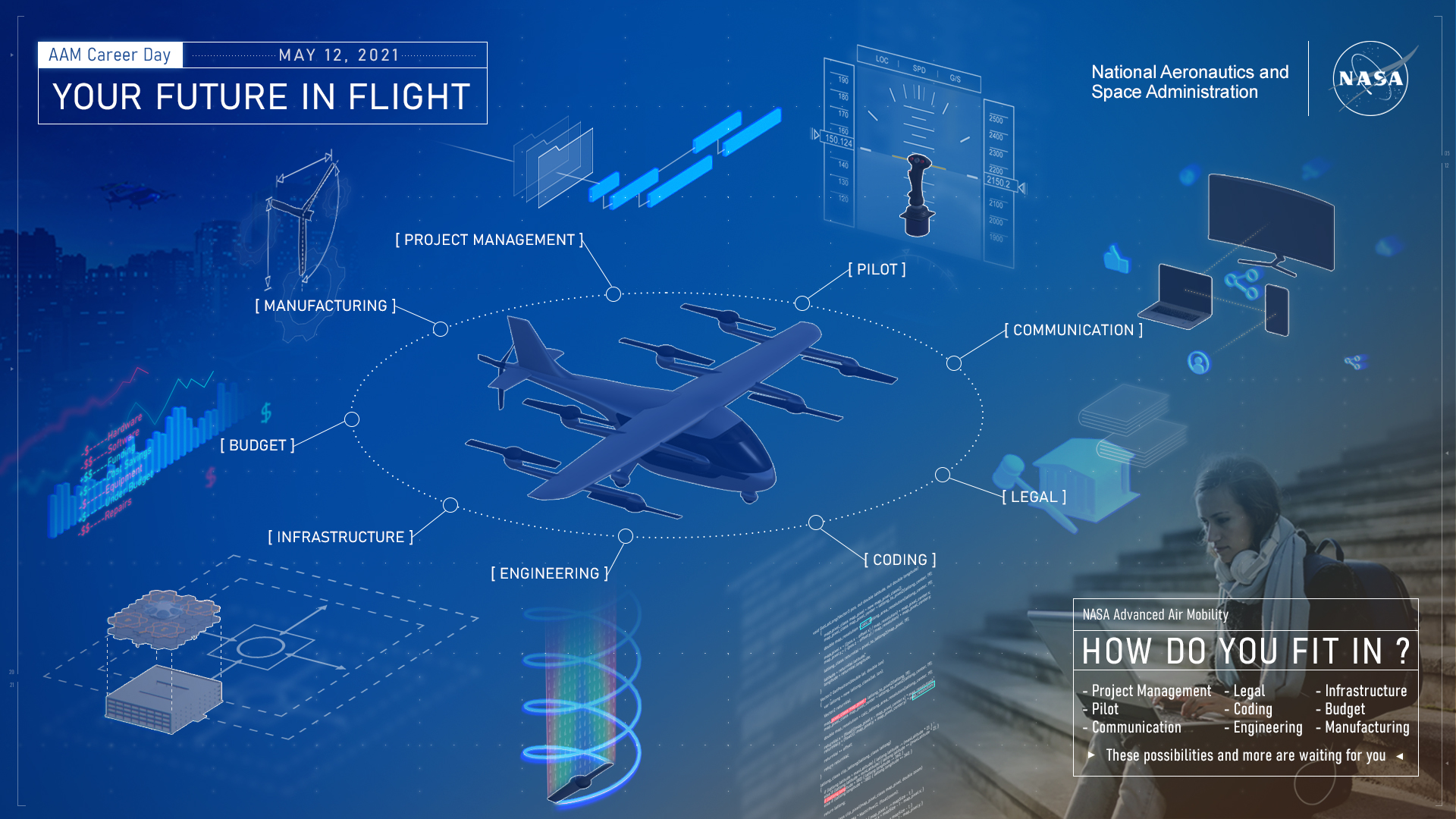

At most centers, unless you find housing within walking distance, you will most likely need a car. Your center location and housing options will determine if you need a car. Many centers will provide resources, such as online forums, where you can connect with other employees to find affordable housing options in the area. Interns will have the opportunity to work at one of NASA's centers located around the country. While NASA does not provide housing, we will provide you sufficient time and options to locate housing. This includes locating their own housing options and paying for their housing. Interns are responsible for making their own housing arrangements.

Good fields to study to go into space science are physics, astronomy and astrobiology. Pursue what interests you, work hard, and don't give up when something doesn't work out or you have a bad day or a bad week – we have all gone through those, and you can learn from them in a way that can help you achieve your goals. What advice would you give young people interested in going into space science? There, I took the opportunity to work as a systems engineer because I love having the “big picture” of a project and working with all other subsystems (mechanical, electrical, software, thermal, science, etc.) to make sure everything will work on orbit as planned. I loved working as a scientist in the university but it was not easy to find permanent positions there, so I moved to the private sector still working in space. I liked physics and in particular how the sky changes around us – day and night, blue sky, the Moon, the stars – so I pursued a career in astrophysics. Working with the many different teams engaged in the overall Observatory operations planning for ground testing and commissioning, in particular providing inputs for those operations that involve closed-loop guiding activities, and of course my continued work with the FGS and NIRISS teams as we prepare for commissioning on-console support. They will be exercised and challenged in many ways during the commissioning of Webb while the mirrors are being aligned and then during the science instruments' operations in various star fields (bright/dim, crowded/sparse, etc.) and during solar system observations of moving targets.įor NIRISS: the first grism images and non-redundant mask images seen on orbit as part of the exciting NIRISS observing modes for looking at objects around bright stars, studying exoplanets' spectra, and determining the redshift of distant objects in the universe. These guiding operations include not only the guider instrument but also the overall attitude control system. The guiding operations for the Observatory (meaning the space-based portion of the Webb Telescope system). What part of the Webb mission are you most excited about? I was the systems engineer and then technical lead for FGS and NIRISS when working for COM DEV (now Honeywell) under the CSA during the instruments' development and testing until delivery of the flight models to NASA. I am the systems lead at NASA for the Fine Guidance Sensor ( FGS) and the Near-Infrared Imager and Slitless Spectrograph (NIRISS). What is your connection to the James Webb Space Telescope? Bachelor's degree in physics and astronomy (Spain).Master's degree in radio astronomy ( UK).Quote: Start each day as a new day – a new opportunity to move towards your goals – and don't forget to appreciate all you already have.


 0 kommentar(er)
0 kommentar(er)
